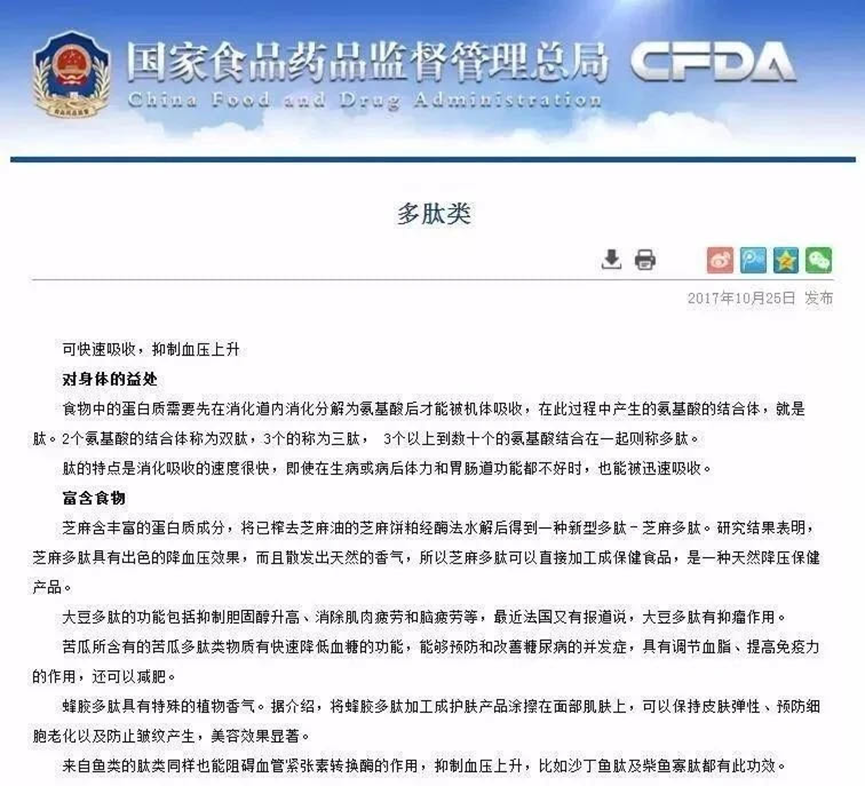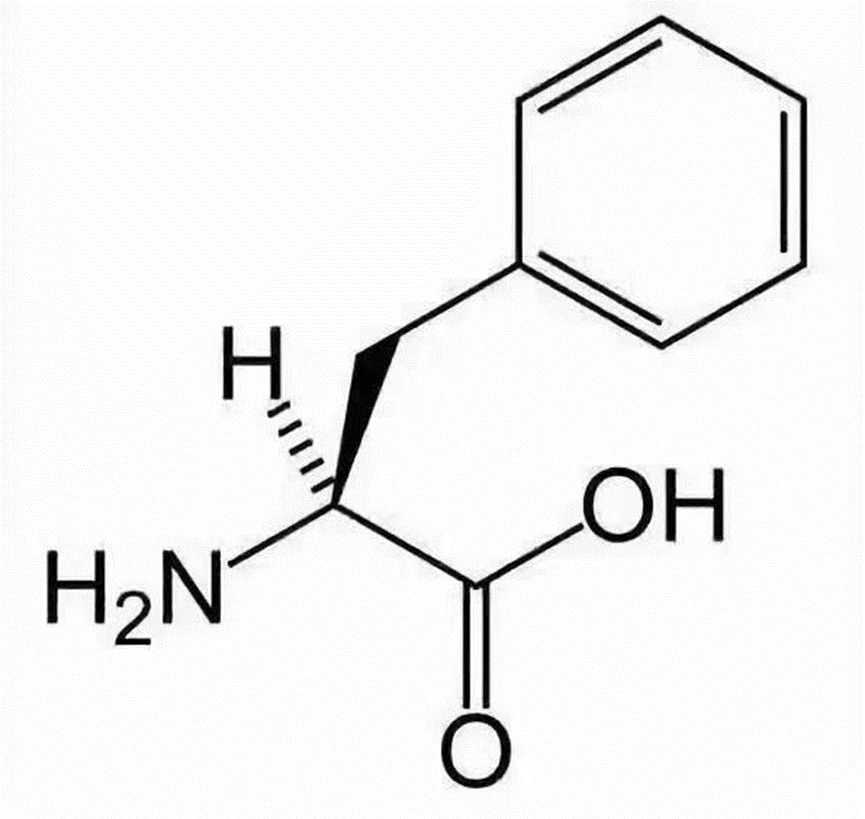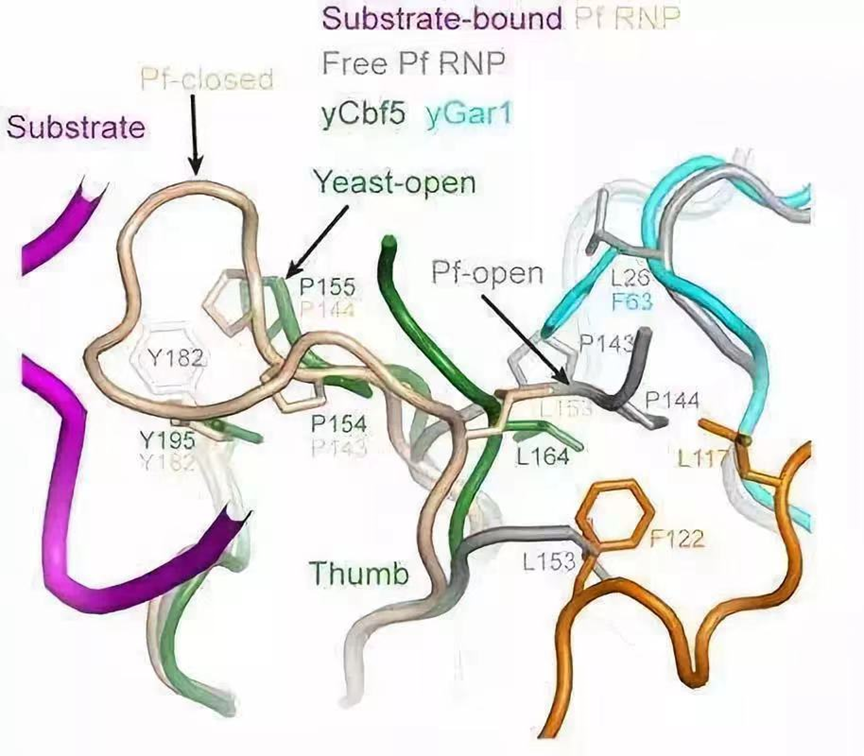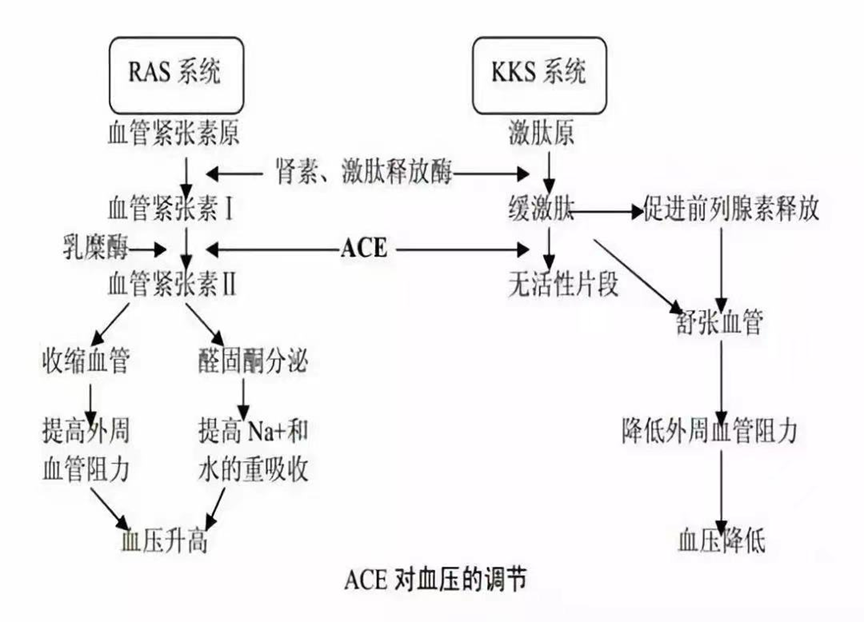


- Home
- Our Company
- R&D Center
- Achievement
- Investment Cooperation
- News
- Contact Us




Publish date :2021.11.29
With the increasing popularity of small molecule peptides, more and more people begin to accept and drink small molecule peptides. In fact, many people know very little about peptides. So, what is the effect of taking peptides on nutrient absorption? Let’s take a look!

Peptides-Basic Nutrients for Cells
Food-Derived Peptide is a new type of protein hydrolyzed product made from edible protein through enzymatic hydrolysis, separation and purification. Food-derived peptides have a wide range of sources. According to the different sources of protein materials, they can be divided into animal-derived protein peptides and Plant-Derived Protein Peptides. Food-Derived Peptides are divided into Food-Derived Oligopeptides (molecular weight less than 1000Da) and Food-Derived Peptides (molecular weight greater than 1000Da) according to the relative molecular mass distribution.

In the past 20 years, researchers at home and abroad have done a lot of work on the research and development of Food-Derived Peptides. They have isolated and identified peptides with various biological activities from different food protein enzymatic hydrolysis products, such as antioxidant peptides, antihypertensive peptides, and antihypertensive peptides. Antithrombotic peptides, lipid-lowering peptides, opioid peptides, immunomodulatory peptides, antibacterial peptides, etc. Food-derived peptides are highly safe and have a wide range of physiological regulation effects. They are functional factors with great development prospects and have become a hot spot in the nutrition and health industry at home and abroad.
A large number of studies have shown that food-derived peptides have a variety of nutritional and health care functions. Some active peptides themselves exist in the amino acid sequence of the protein in an inactive state, but after enzymatic hydrolysis in vivo or in vitro (such as in the gastrointestinal tract digestion and food processing), these peptides are released, so they are It is possible to have a variety of physiological activities. In addition, although the content of the active peptide in the organism is very small, its physiological activity is very significant.
Promote Amino Acid Absorption and Protein Synthesis
Among the food-derived peptides, the oligopeptide (generally composed of 2-6 amino acids) transport system has the characteristics of fast speed, low energy consumption, and is not easily saturated, and it is absorbed faster than the corresponding free amino acids. Since oligopeptides and free amino acids have independent absorption mechanisms and do not interfere with each other, they help to reduce the absorption inhibition caused by free amino acids competing for common absorption sites, thereby promoting the absorption of peptide-form amino acids and synthesizing protein efficiency Also rises accordingly.

For example, when lysine and arginine exist in free form, they will compete with each other for absorption sites, while when lysine and arginine exist in peptide form, arginine has no effect on their absorption. In addition, circulating oligopeptides can also directly participate in the synthesis of tissue proteins. Studies have shown that when peptides are used as nitrogen sources, the overall protein deposition is higher than the corresponding amino acid diets or complete protein diets.
Promote the Absorption of Mineral Elements
Many studies have reported that food-derived peptides can promote the absorption and utilization of mineral elements. Food-derived peptides can increase water solubility by forming chelates with metal elements, thereby promoting the absorption of mineral elements. For example, the phosphorylated serine residue contained in the casein phosphopeptide hydrolysate can bind to Ca2+ and Fe2+, thereby improving its solubility.

Meiser et al. isolated tyrosopeptides from bovine casein, whose serine hydroxyl groups were almost all phosphorylated. These phosphopeptides concentrate a large amount of negative charges, which can prevent further proteolysis and can bind to free calcium, iron, and copper. Metal ions such as ions, zinc, etc. form soluble salts to increase their concentration in the intestinal lumen and promote the passive transport of these ions.
Improve Immunity
Food-derived peptides have immune activity, can improve the body's immunity, and have important regulatory functions on the immune system. In 1984, Parker et al. isolated an immunologically active peptide (Val-Gln-Pro-Ile-Pro-Tyr) from casein hydrolysate, which can activate the phagocytosis of Mianyang red blood cells by mouse peritoneal macrophages.

In 1992, Coste et al. isolated a 17 peptide (Tyr-Gln-Gln-Pro-Val-Leu-Gly-Pro-Val-Arg-Gly-Pro-Phe-Pro-Ile-Ile- Val), which stimulates the proliferation of pre-sensitized rat lymph node cells and non-sensitized rat spleen lymphocytes. In 2003, Tsuruki et al. isolated a 13 peptide from β-conglycinin, Met-Ile-Thr-Leu-Ala-Ile-Pro-Val-Asn-Lys-Pro-Gly-Arg, named Soymetide, Prove that it has a strong immunomodulatory effect.
Use Antioxidant Effect
Due to the potential health hazards of synthetic antioxidants, natural and safe antioxidants have become a major research focus. Food-derived peptides have the characteristics of small molecular weight and easy absorption. They can achieve anti-aging effects by inhibiting the peroxidation of biological macromolecules and scavenging free radical products in the body.

At present, many peptides with antioxidant activity have been extracted from different protein sources, such as soybean peptides, corn peptides, fish protein peptides, wheat germ protein peptides, royal jelly protein peptides, whey protein peptides, potato protein peptides, etc. Udenigwe et al. used trypsin and thermolysin to hydrolyze linseed protein, and obtained peptide components with a molecular weight of less than 1000 Da after ultrafiltration, which has a strong ability to scavenge superoxide anion free radicals.
Antihypertensive Effect
In 1965, Ferreira et al. first discovered angiotensinase (ACE) inhibitory peptides from the venom of South American snakes. ACE inhibitory peptides can be used to treat hypertension, and have high safety characteristics, so the search for highly effective ACE inhibitory peptides has always been a research hotspot. Subsequently, people have isolated many short peptides with ACE inhibitory effects from the protein hydrolysates of rapeseed, mushrooms, potatoes, soybeans, cheese, zein and other foods. Experiments have shown that these ACE inhibitory peptides are effective in spontaneously hypertensive rats. And hypertensive patients have antihypertensive effect, but have no antihypertensive effect on normal blood pressure rats.

Although these bioactive peptides are not as strong as synthetic drugs, they are safe and reliable, without side effects, so they can be used to develop new functional foods, and through in-depth research on their mechanism of action and structure, they can be used to extract or synthesize hypertension treatment drugs. way. Bougatef et al., Tsai et al., He et al. separately enzymatically hydrolyzed sardine by-products, clam meat, and fish bone protein, and found highly active ACE inhibitory peptides.
Other Nutritional Effects
Food-derived peptides also have many other important physiological activities, such as morphine-like activity, hormones and regulating hormones, anti-thrombotic, cholesterol-lowering, anti-bacterial, anti-viral, anti-cancer, nerve regulation, hormone and hormone regulation , Promote growth, regulate food flavor, taste and hardness, etc.
Copyright © 太爱肽公司官网 www.taiaitai.com 版权所有 鲁ICP备2021040380号